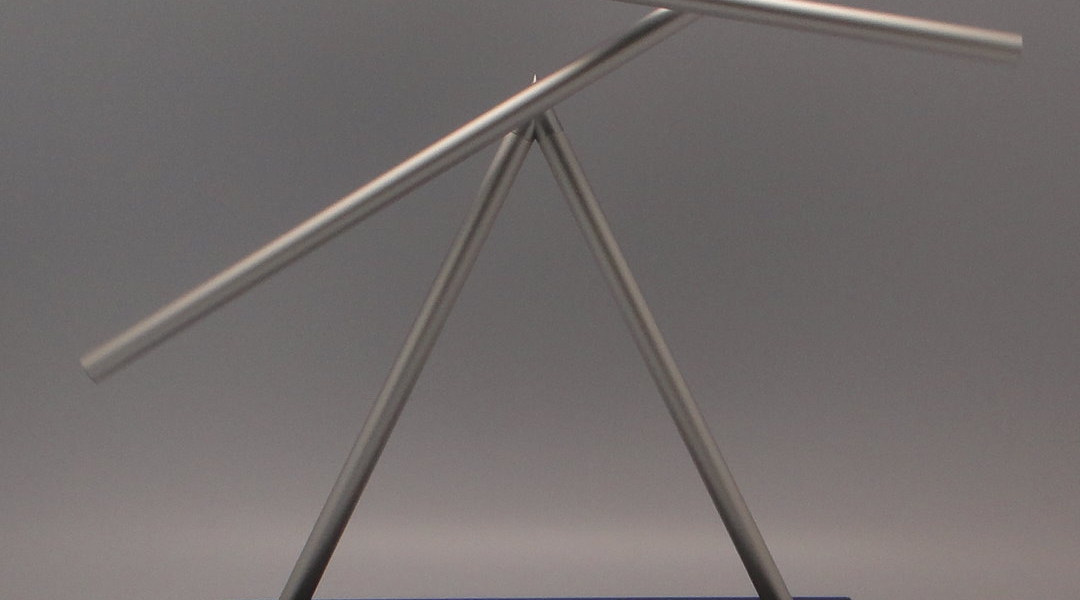Paint brushes are tools to apply physical color to a surface. Digital paint brushes apply digitally-controlled color to digital surfaces, which allows for precise definition of color, the painting of patterns, and brush dynamics that would be impossible with real brushes. ioBrush was a project that brought some of that digital capability to physical paintbrushes by enabling a “copy/paste” mode not only for colors, but for patterns and even dynamic video.
The concept of Perfect Red explored one possible 3D version of this concept, enabling digital operations over 3D shapes, including copy/past, snapping, etc. Other projects, like jamsheets, explore the possibility of copying the shape of 3D object in real time to another more-digital tangible medium.
However, while both Perfect Red and Jamsheets are 3D and tangible, they are also static once formed. ioBrush could replicate dynamic content, but it was 2D and intangible. What if we can copy tangible dynamics found in real world in this way? What if we can “paint” kinetic motions?
This project proposes a small set of sensor/actuator pairs that act as “brushes” for real-world kinetics. The user records the motion of a real world object (original) with the sensors and can replicate that motion elsewhere with the corresponding actuator (replicant). The pairs can either act in a record/playback mode or in a real-time transduction mode. They can then be composed into kinetic sculptures or devices.
The set of sensor/actuator pairs is based on classical mechanism, devices, and behaviors. These include continuous rotation (wheels), partial rotation (hinges), translation (pistons), vibration, heat, temperature, and phase (solid/liquid/gas.)
Extension: The systems above allow for only one way interaction – sensor to actuator. However, if the parts of the system were symmetric servomechanisms, two-way interaction could be possible. The user could control the original physical system with it’s replicant and, more interestingly, link one replicant acting as an output to another acting as an input to physically couple otherwise separate kinematic systems in the real world through tangible mediums.

